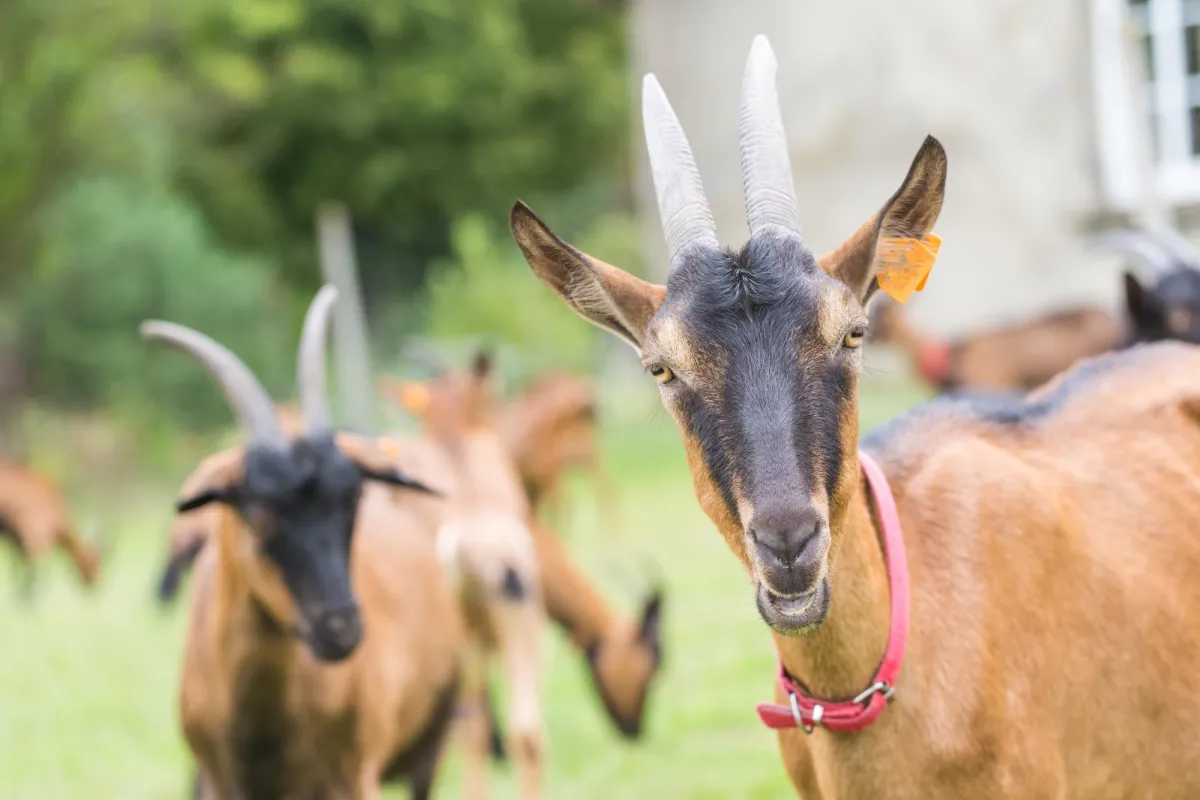
Johne's disease - Part Two: The Disease in Goats and Sheep
Have you had goats or sheep lose weight steadily, develop persistent diarrhoea, and fail to respond to treatments? If so, Johne’s disease may be the cause. This distressing condition can affect all ruminants, but goats and deer are particularly susceptible.
Is There a Vaccine?
Yes. Sheep and goats can be vaccinated against Johne’s using Gudair. This vaccine helps prevent clinical signs but cannot be used in cattle or deer due to interference with Tb testing.
What Are the Signs?
Progressive, unstoppable weight loss
Scouring (especially in goats; sometimes in sheep)
Ongoing decline until euthanasia or death
When Do Sheep and Goats Show Signs?
Goats can start showing symptoms after 1 year of age
Sheep typically develop signs between 2–4 years (the 6–tooth age bracket)
Does It Spread?
Yes. Johne’s disease is caused by a bacterium (MAP) and is highly infectious—especially in young animals. Resistance increases with age, so most infections occur in early life.
Is There Any Treatment?
Unfortunately not. Some treatments may temporarily reduce scour, but the disease continues its course.
How Do You Diagnose It?
Your veterinarian will recommend diagnostic tests, including:
Blood tests (ELISA)
Faecal PCR or culture
Post-mortem examination in deceased animals
What to Do if You Have Johne’s on Your Block
Cull animals showing consistent weight loss or scouring
Vaccinate all sheep and goats and new stock, ideally before 2 months of age
Avoid bringing in unvaccinated stock, or only source from herds with no known cases
Test and cull, if you want to reduce infection levels further
Consider subdividing your property: use one paddock for vaccinated adults and another for young or incoming stock
Can Other Animals Be Affected?
No. Horses can graze safely alongside or after ruminants affected by Johne’s disease.
How Long Can the Bacteria Survive?
MAP can survive in the environment for:
2–6 months under typical conditions
Over 12 months in sheltered spots
Read More
Part 1: Johne’s Disease overview:covers what the disease is, how it spreads, and why it matters
Part 3: Johne’s Disease in Cattle and Deer: focusing on biosecurity, testing and control

